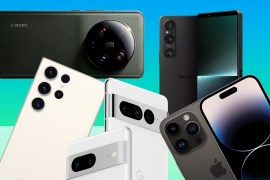LG C5 (42in) review: this is the compact 2025 OLED TV I’d buy
Brighter HDR and a slicker smart TV interface are just some of the C5's highlights
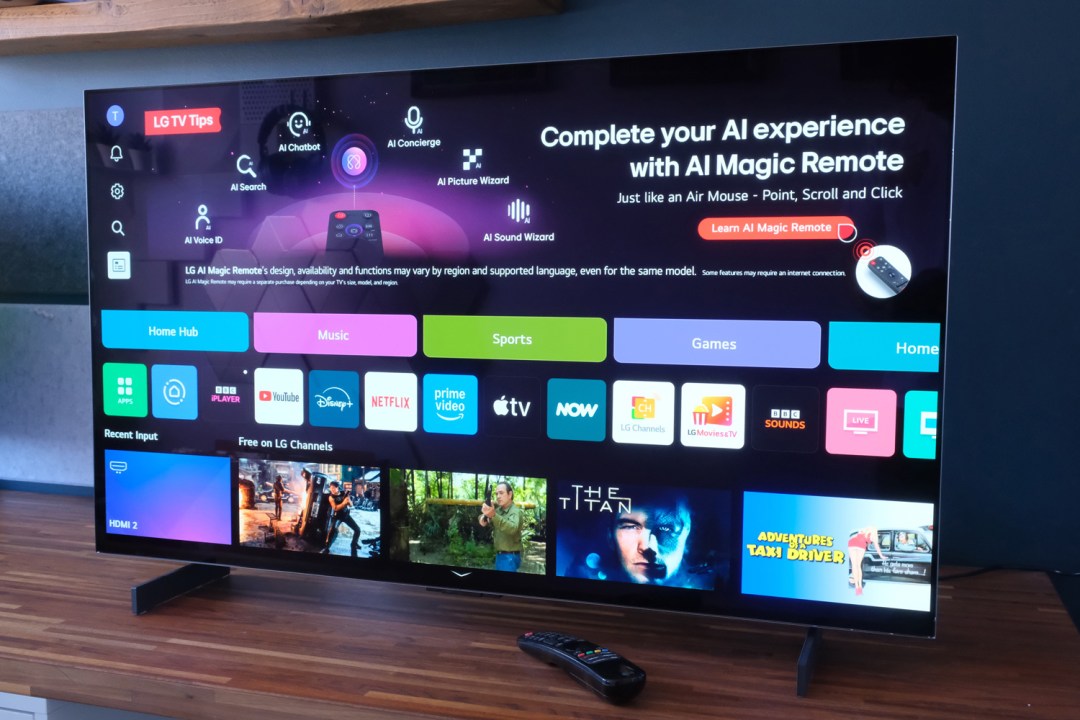
Stuff Verdict
Another excellent all-rounder OLED with engaging HDR images, extensive streaming smarts and gamer-friendly connectivity. The LG C5 is a winner regardless of screen size.
Pros
- Fantastic picture quality across the board
- WebOS as comprehensive as ever
- Superb gaming support
Cons
- Only average audio
- Some territories miss out on the new remote
Introduction
LG OLEDs have held a consistent podium position on Stuff’s best 4K TVs list for well over a decade now, but it’s often the top-tier model that gets all the limelight. I’d argue the more mainstream C-series is equally worth your attention – and doubly so if you’re in the market for a smaller screen.
The 42in LG C5 kicks off the 2025 line-up and will set you back $1399/£1399, while the higher-end G5 starts at 48in, for considerably more cash. Given that model also goes without the four-stack OLED panel that contributes to its bigger brothers’ Brightness Booster Ultimate status, it’s a bit of an ugly duckling. The C5 might use simpler tech, but it still promises a brighter HDR picture than its predecessor, along with a new version of the WebOS smart TV interface that’s been thoroughly infused with AI.
There’s something here to suit all budgets, of course: 48in ($1599/£1499), 55in ($1999/£1899), 65in ($2699/£2699), 77in ($3699/£3799) and 83in ($5399/£5999) screen sizes are offered. But it’s the 42in tested here. Does it improve on the outgoing LG C4 in enough areas to make it the new small OLED standard?
How we test TVs
Every TV reviewed on Stuff is put through its paces with a mix of film, TV and game content, using a combination of streaming services, Blu-ray and console games. We use our years of testing experience to judge picture and sound quality, ease of use, and value for money. Manufacturers have no visibility on reviews before they appear online, and we never accept payment to feature products.
Find out more about how we test and rate products.
Design & build: generation game
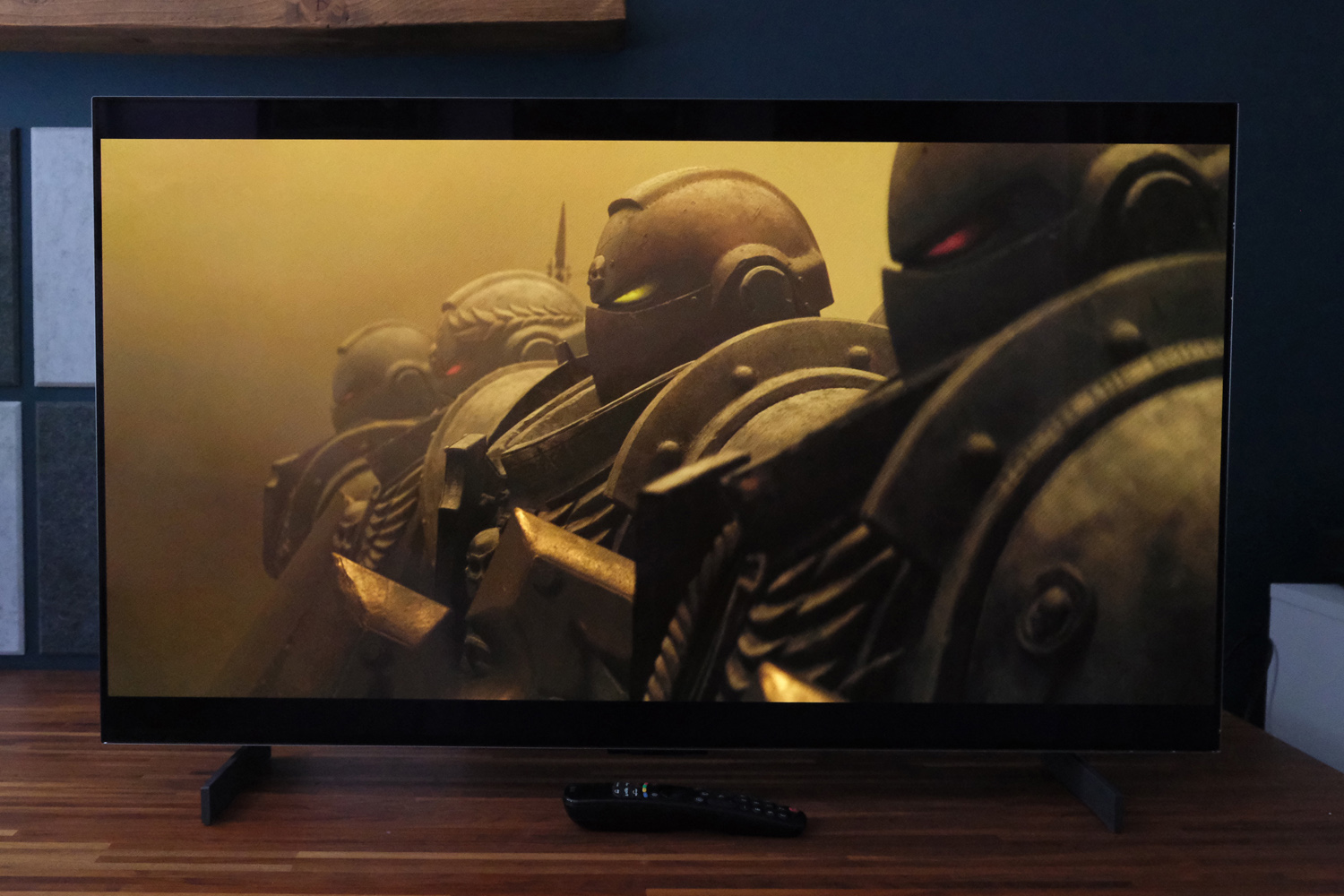
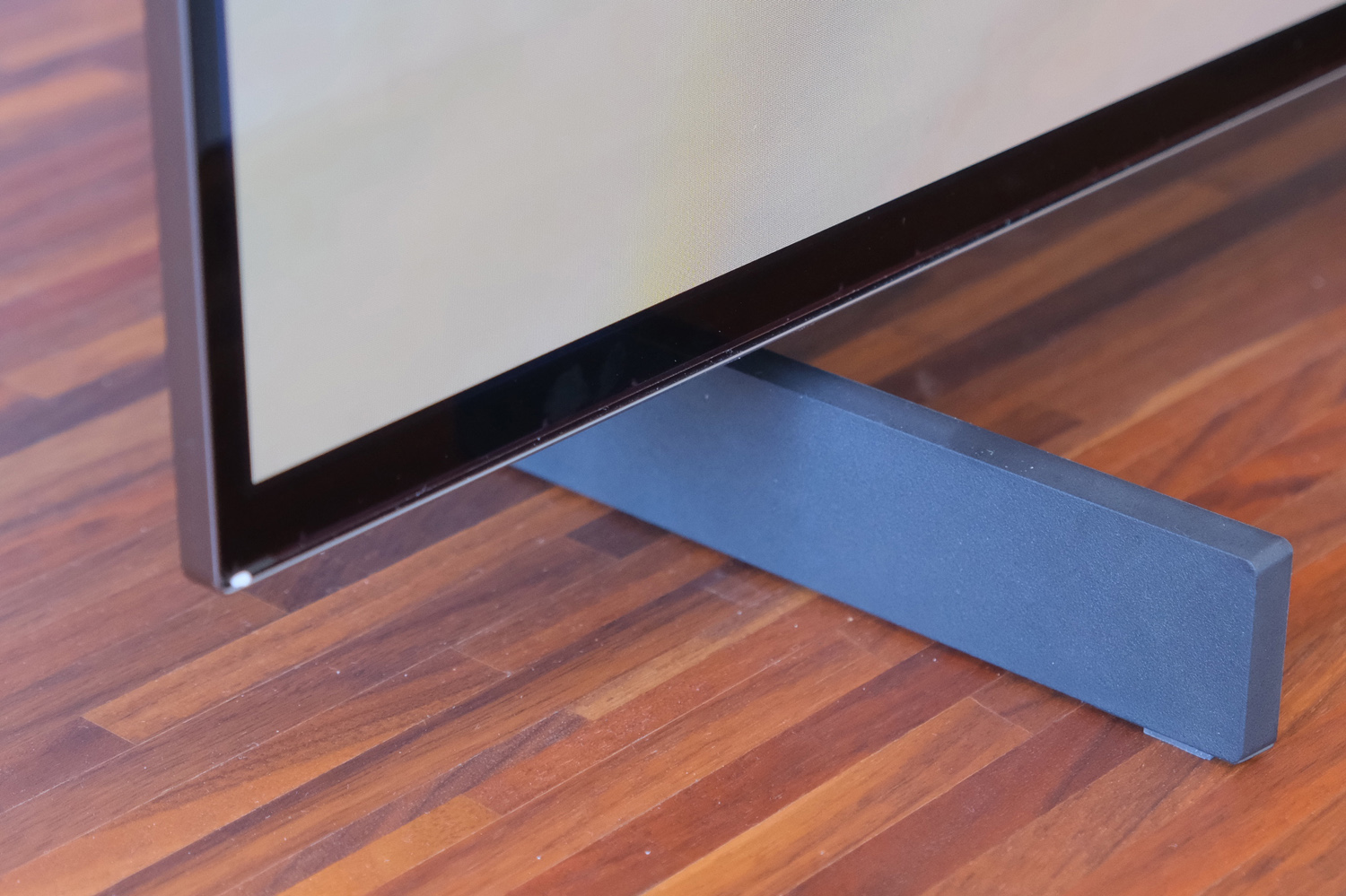
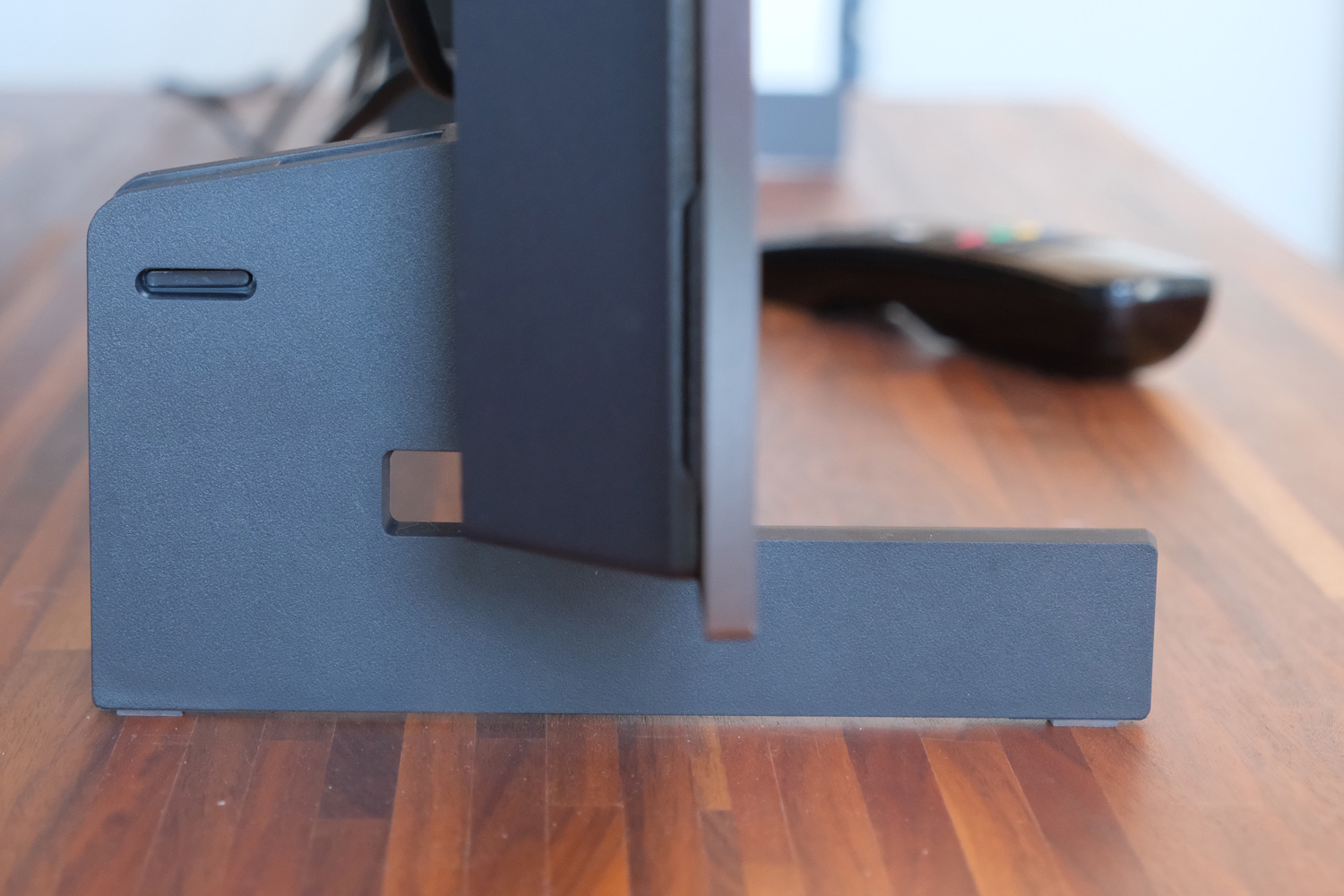
Small colour tweaks aside, the last few generations of C-series OLEDs have looked pretty much identical. Ultra slim bezels, a slender brushed metal frame, and a tabletop stand for every model save the 42in version of the LG C5 tested here. It gets two equally skinny feet, which require a screwdriver to secure, and offer no choice of height adjustment. If you were planning on placing a soundbar underneath this TV, make sure it’s a slim one.
Around back, LG has spread the inner components across most of the screen surface, so only the outer edges are the sort of size zero dimensions usually associated with OLED panels. At 41mm it should still fit fairly flush to a wall if you mount it; all the usual VESA holes are present and correct. It weighs under 10kg by itself, and the feet add very little to the total figure, so either way you aren’t going to need a second pair of hands to get it out of the box.
Only the outer edges of the rear have a mottled finish, with the larger boxout sticking with plain black plastic. But this isn’t the sort of TV that’s begging to have both sides put on display, so I don’t think that’s any real issue.
All of the ports remain at the far side of the set, save the captive power cable, which makes hiding wires a little trickier than it perhaps needs to be. A clip-on cover does help tame the HDMIs and suchlike, with enough room underneath to stow any excess cable.
Features & connectivity: get your game on
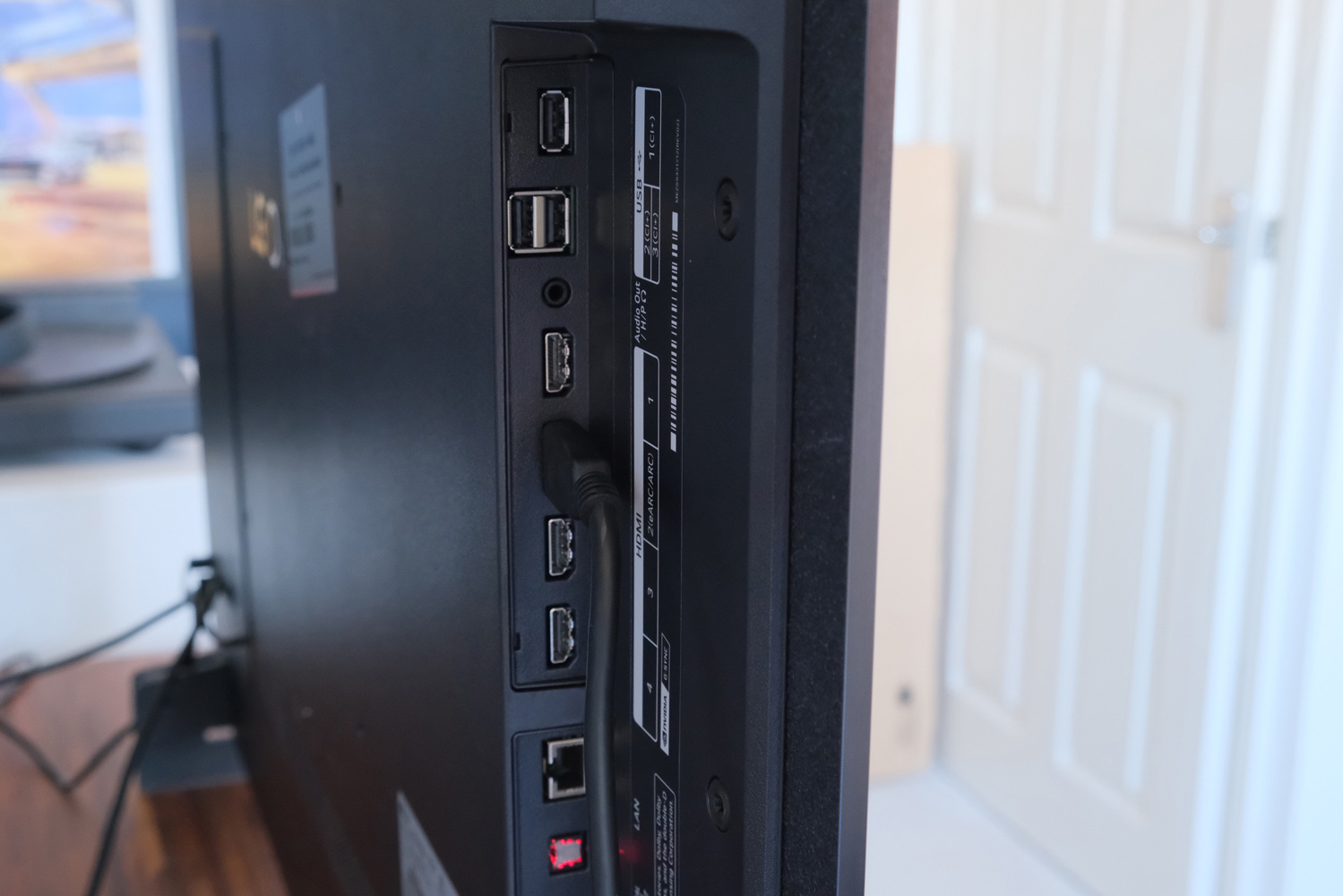
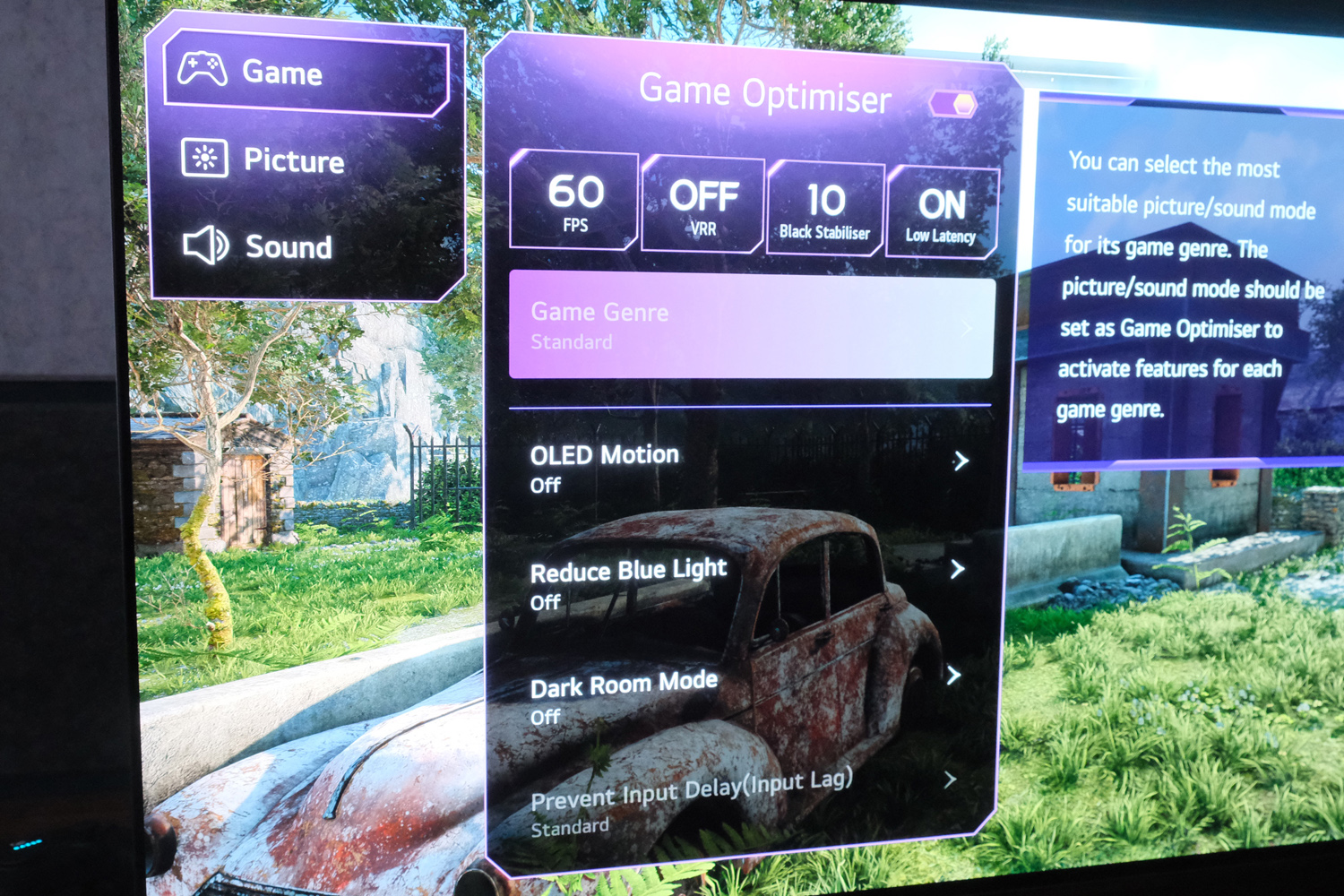
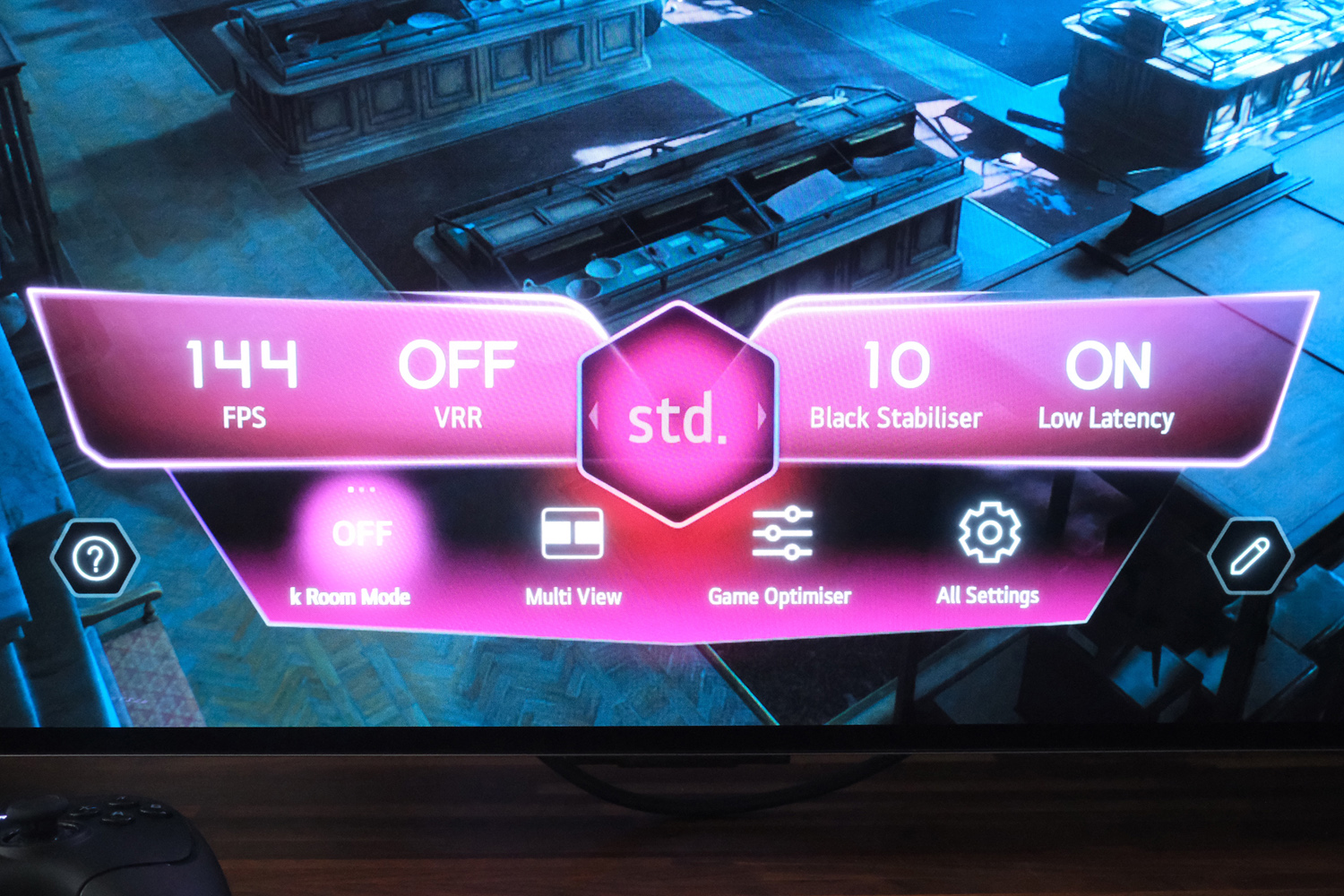
Four HDMI 2.1 ports at the rear continue to make LG the obvious choice for gamers. Each supports 4K/120Hz, Variable Refresh Rate (VRR) and Auto Low Latency Mode (ALLM) for console players, while 144Hz Nvidia G-Sync and AMD FreeSync are on board for PC owners. Plenty of rivals still only offer two of these, which limits your options if you’re looking to connect multiple machines at once. A cut-down Game Board settings screen then shows the essentials without obscuring the whole screen during gameplay, which is nice.
The LG C5’s other HDMI 2.1 benefits include Quick Media Switching (QMS) should eliminate that annoying flash of black when starting a streaming show – as long as the resolution and dynamic range of the content matches the app’s interface. LG’s usual trifecta of HDR10, HLG and Dolby Vision continue to be supported here.
Connectivity is decent enough everywhere else, with three USB-A 2.0 slots, digital optical audio, Ethernet, 3.5mm headphone port and pair of aerial binding posts. Wi-Fi 6 lets you get connected cable-free, and Apple AirPlay is there for wireless content sharing. LG’s ThinQ smart home is tightly integrated, and it can play nicely with Matter-enabled IoT gear.
Sound isn’t quite so impressive, particularly on the 42in model I tested here. It only gets a basic 2.0 channel, 20W setup which lacks any real conviction regardless of volume. The AI Sound mode wasn’t able to make things any better, entering harsh territory for speech and sound effects. You’ll really want to pair this set with a soundbar for more impactful audio in movies and games. Pick a modern LG one and WOW Orchestra can include the integrated speakers, rather than override them.
Interface: still magic to me
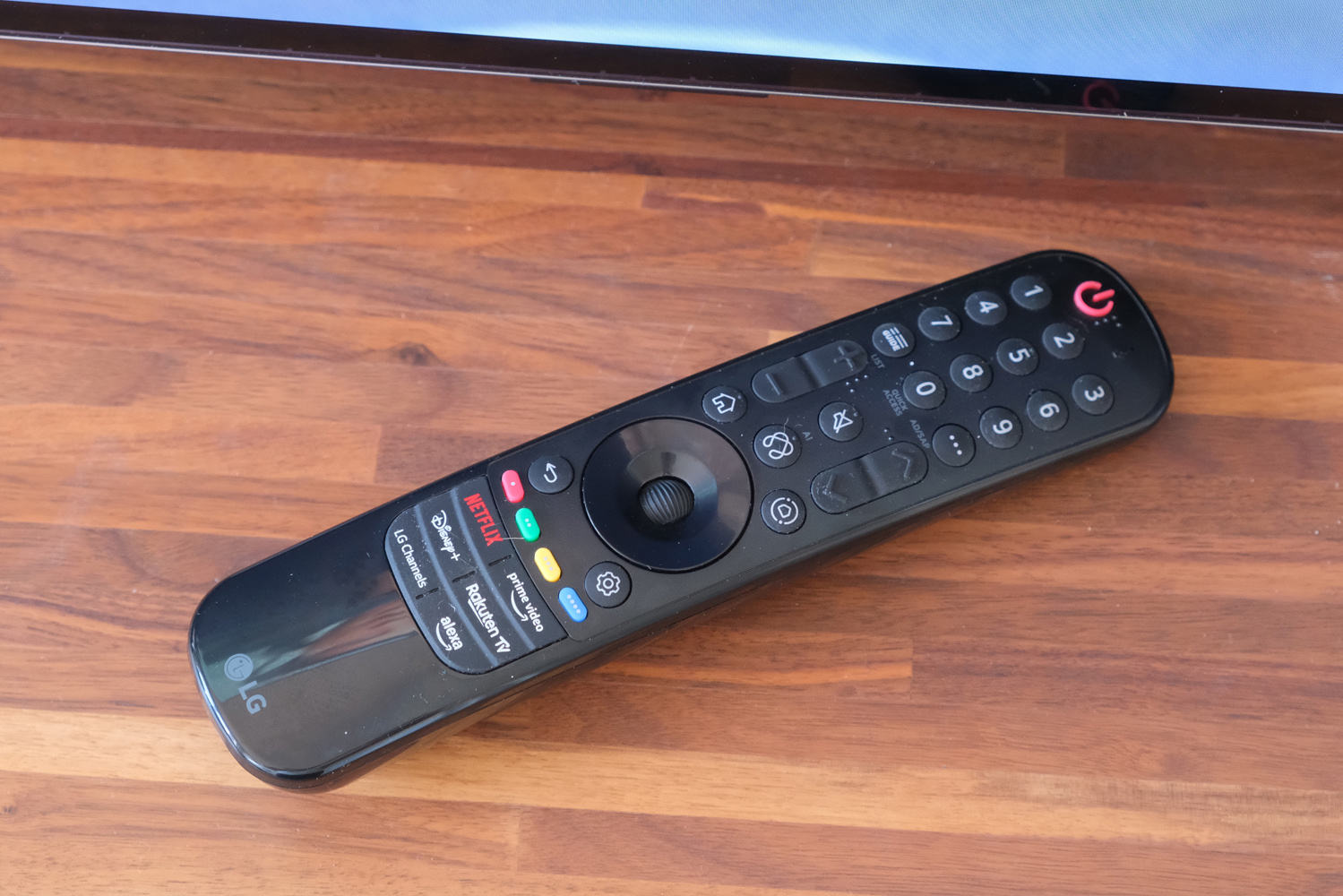
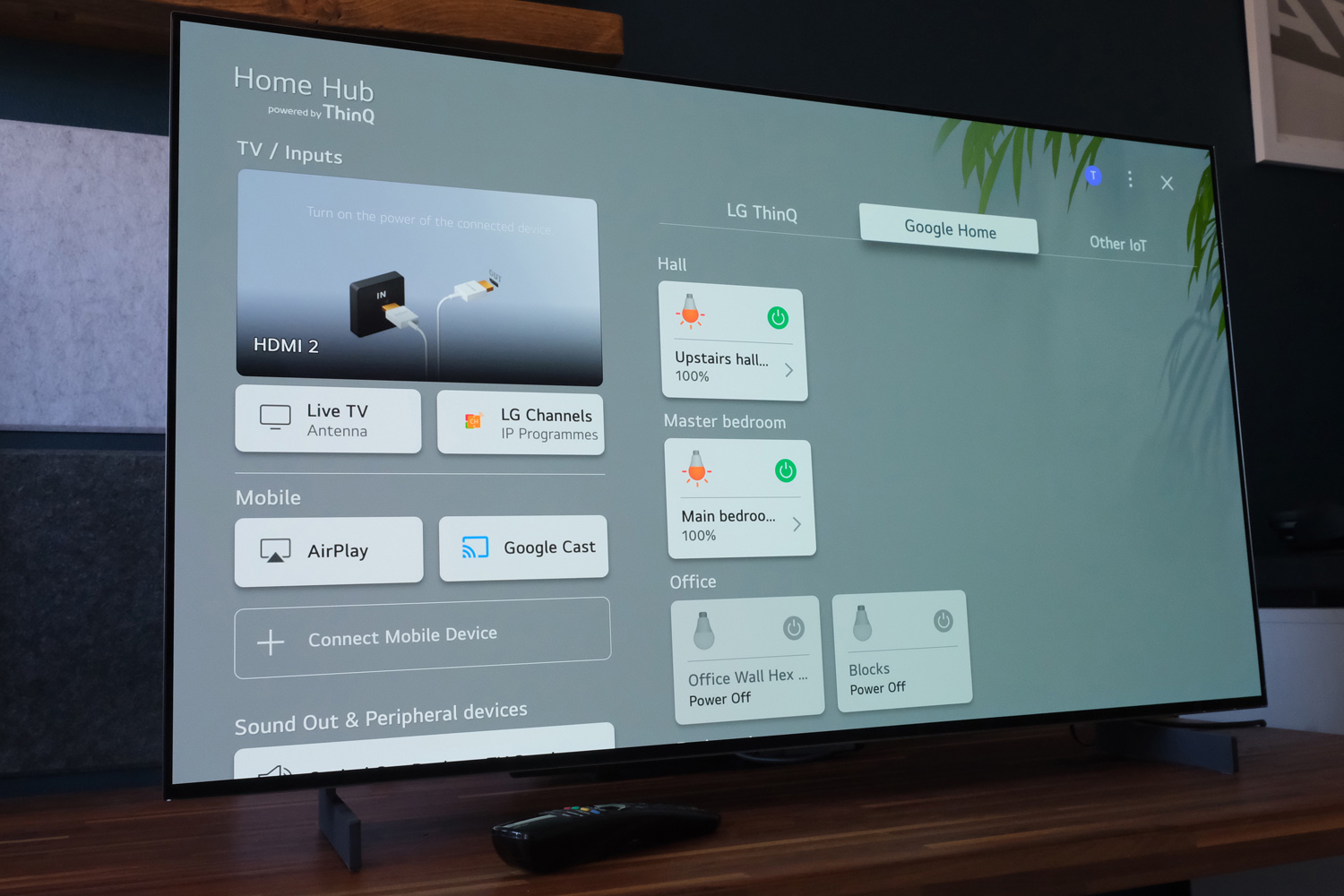
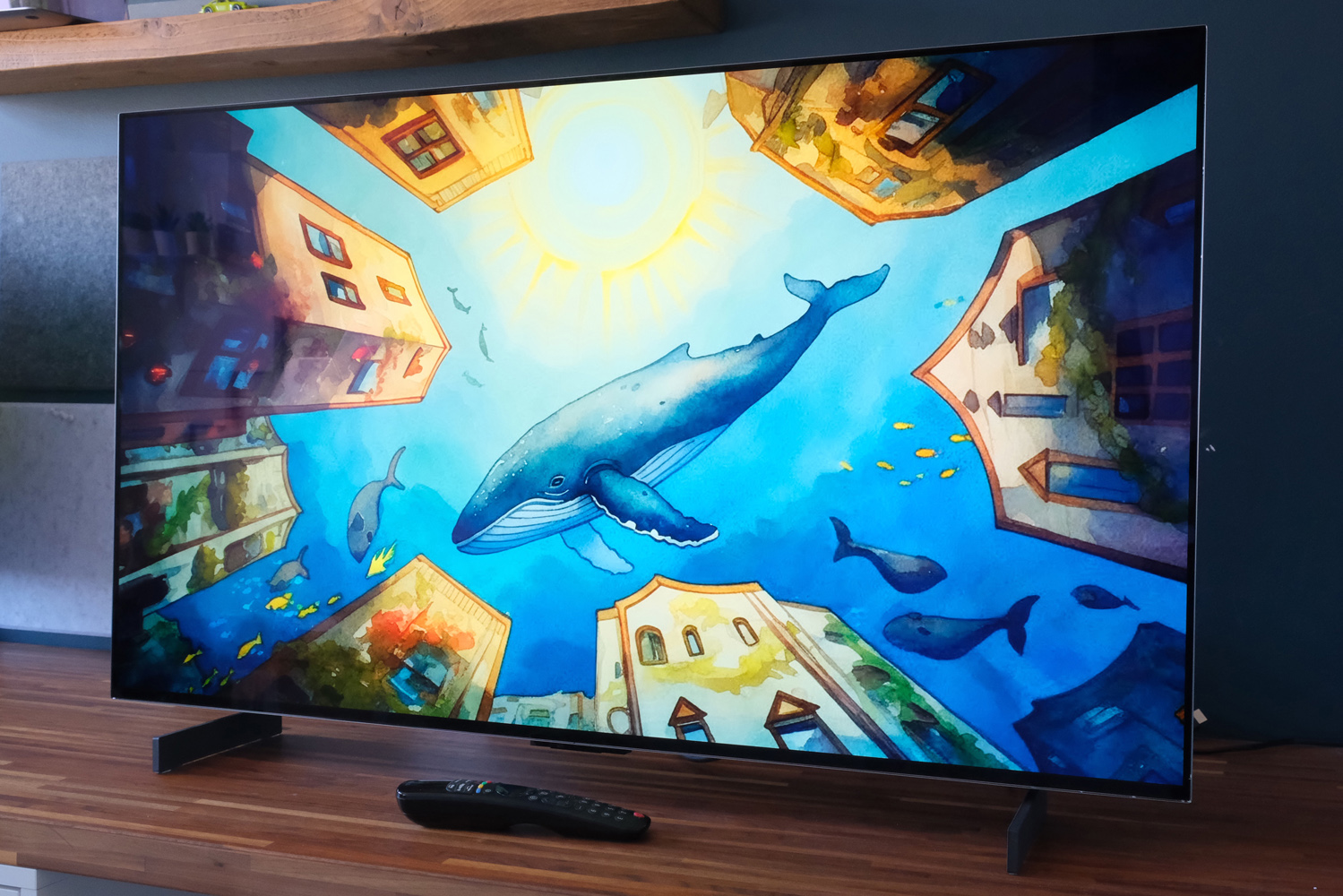
The latest version of WebOS isn’t a massive departure from last year’s, so existing LG TV owners should feel right at home. Useful cards put all your sports, music, and gaming apps in one place, and HDMI inputs and the like now live in the Home Hub along with all your smart home kit. All the big-name streaming services still live right on the home screen, they’re still forced to make way for an ad banner that eats up far too much space. But it’s not like LG is the only brand shoving ads down your throat the second you power on the set.
Freeview Play has been ditched for 2025, with LG’s own Channels service picking up the slack. Hundreds of Free Advertising Supported Streaming TV (FAST) shows and on-demand box sets mean you’ll rarely be short of anything to watch. In theory, anyway. My early review unit was missing most of the UK terrestrial catch-up apps, but they’ll apparently be on board by the time the C5 goes on general sale.
There’s no escaping AI here, either. It can turn your voice prompts into screensavers using cloud-based image generation, as well as adjust image and audio settings on the fly based on what content you’re watching.
Government accessibility rules mean UK-bound sets are also only shipping with LG’s familiar Magic Wand remote, while other territories get a more minimal controller that removes the number keys. Both have a new AI key that wakes the TV’s voice assistant, which can suggest content to watch. Train it quickly during the initial setup and it’ll automatically switch to your profile when speaking into the remote, should someone else’s profile be currently active. It also acts as a chatbot, adjusting picture and sound settings in easy-to-understand language for anyone that isn’t au fait with their TV’s more advanced menus.
Five years of updates are promised, which is quickly becoming the standard for new TVs. That should take you all the way to 2030 before you’re left behind on the software front.
Performance: subtle gains still welcome
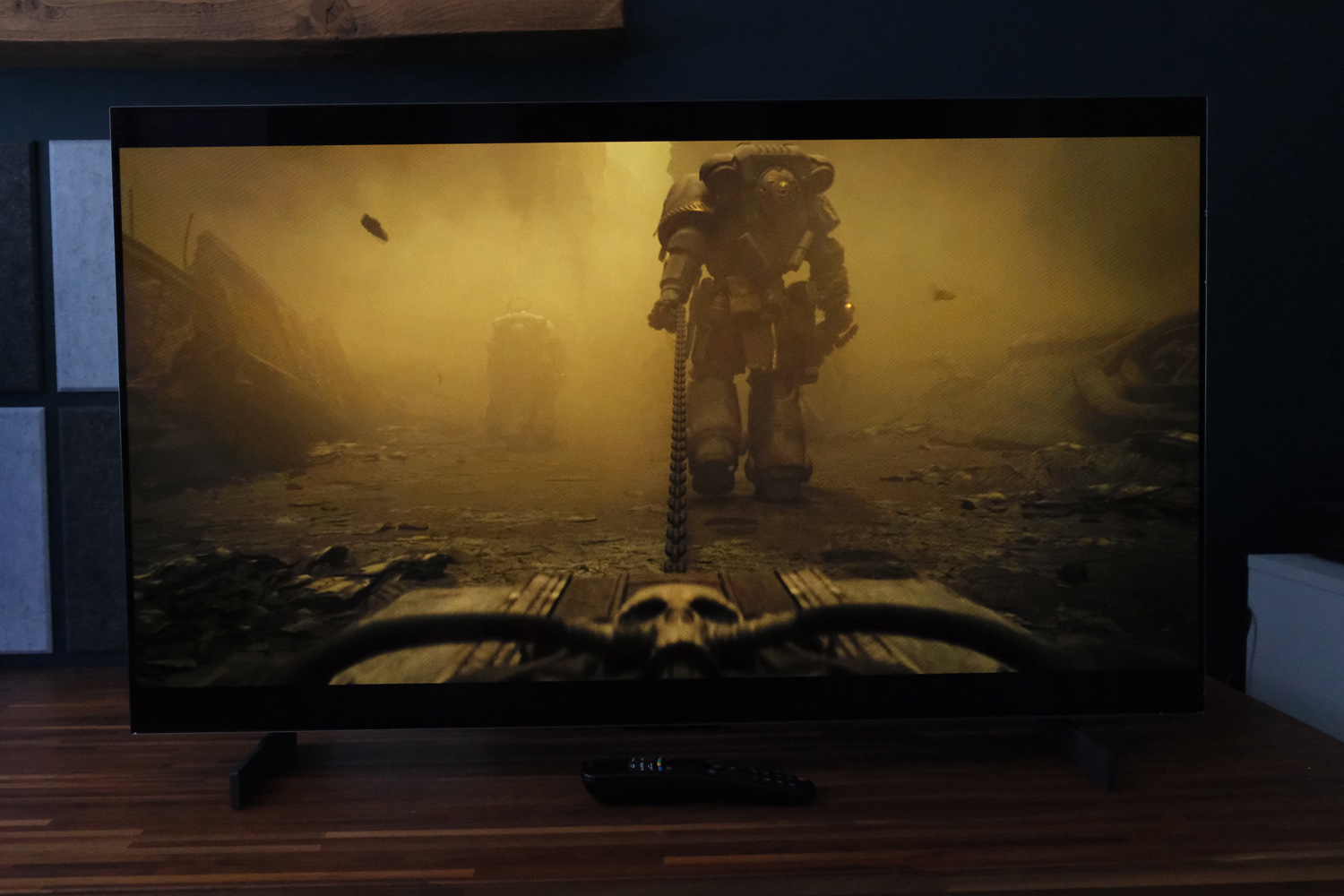
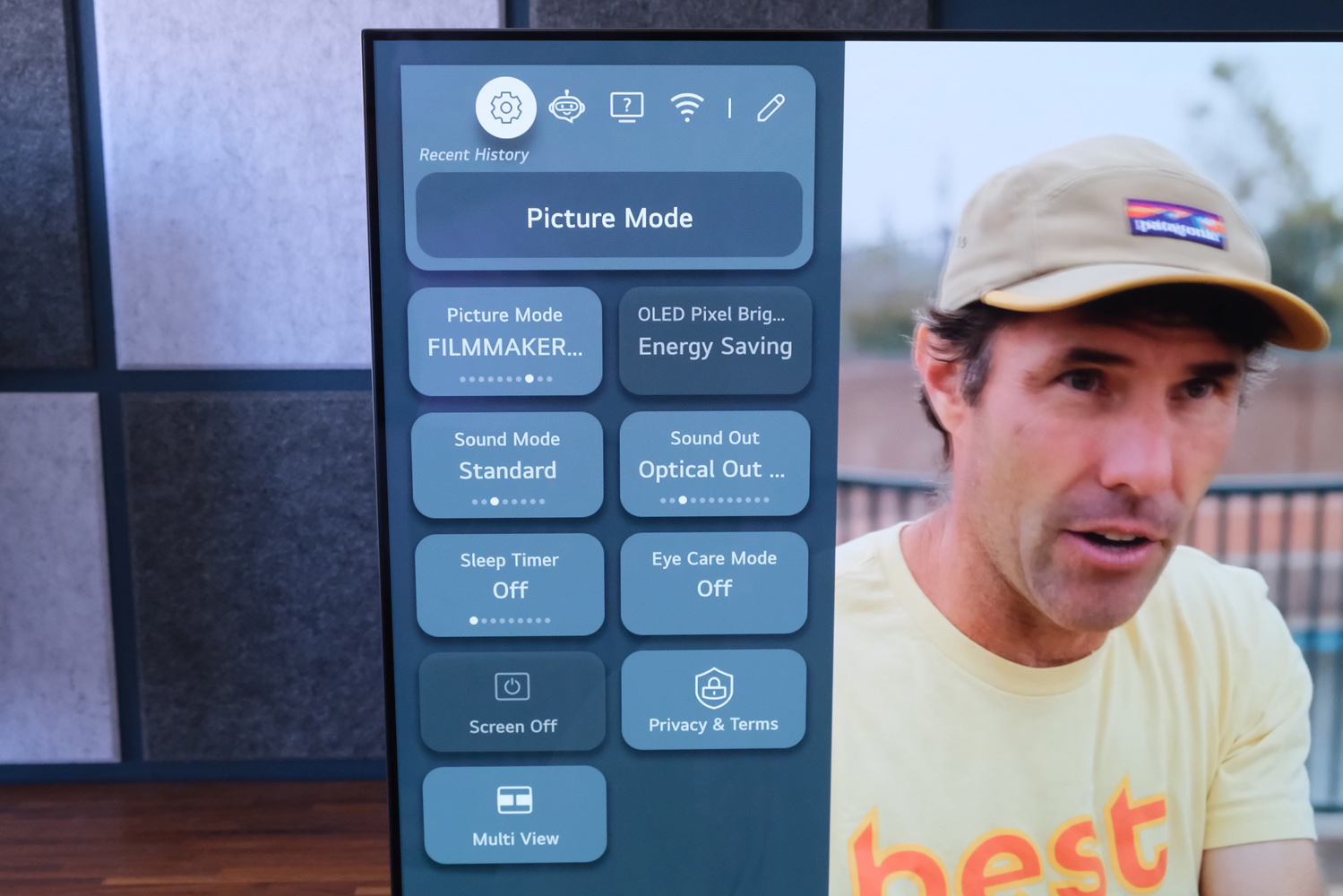
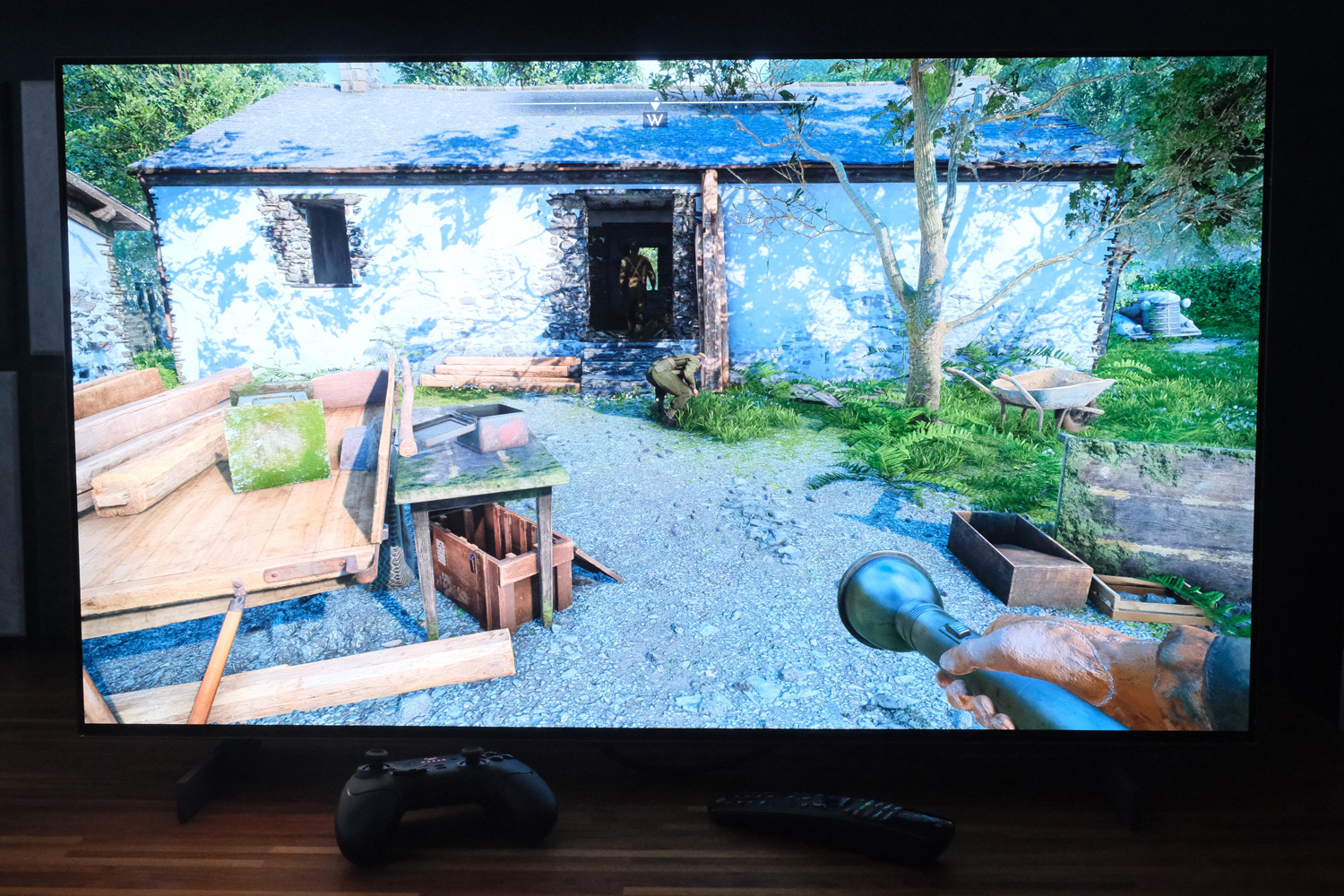
On the surface, the LG C5 isn’t all that different from the older C4. It sticks with a WOLED panel, leaving the brightness-boosting four-stack OLEDs for the pricier G5 series. The Micro Lens Array (MLA) tech used in last year’s G4 hasn’t been adopted here either, but the firm has still found a way to boost HDR brightness just enough to earn victory in a side-by-side. That said, the differences on my 42in review unit weren’t as pronounced as they’ll be on the larger models, so year-on-year upgrades aren’t huge – and leave plenty of room so as not to tread on the G5’s toes, or trouble QD OLED rivals.
Picture processing is handled by LG’s Alpha 9 Gen 8 processor, and remains a treat for the eyes. LG’s colour handling has a warmth and vibrancy, even in Filmmaker mode, that rivals such as Sony’s (admittedly older) 42in A90K lack. This mode supports Dolby Vision HDR now, and uses the TV’s ambient light sensor to adjust the image without straying too far from the director’s original vision, so should be your first port of call when setting up the TV for the first time.
Here colours appear dynamic yet natural, skin tones are well-judged, and sharpness isn’t overdone in pursuit of extra fine detail. Movement is on point as well, with no judder and not having to resort to stronger motion processing modes. It copes well with 1080p footage, with anything lower being about the limit of the image processor’s ability to create detail from next to nothing.
There are plenty of other ways to tweak the picture to your personal tastes, including an AI picture wizard. Choosing between a series of different images during the initial setup can dramatically transform the image, and not always for the better. Stick to the Cinema mode for films if you want a little more vibrancy.
Pure blacks are a given on OLEDs, but the way the C5 handles near-darkness and shadow detail set it apart. There’s gradation and subtlety here that other TVs struggle to match. The ambush scene in And They Shall Know No Fear, the Warhammer episode of Amazon Prime’s Secret Level series, has incredible depth balanced against the bright highlights of Bolter pistol fire.
LG C5 OLED verdict
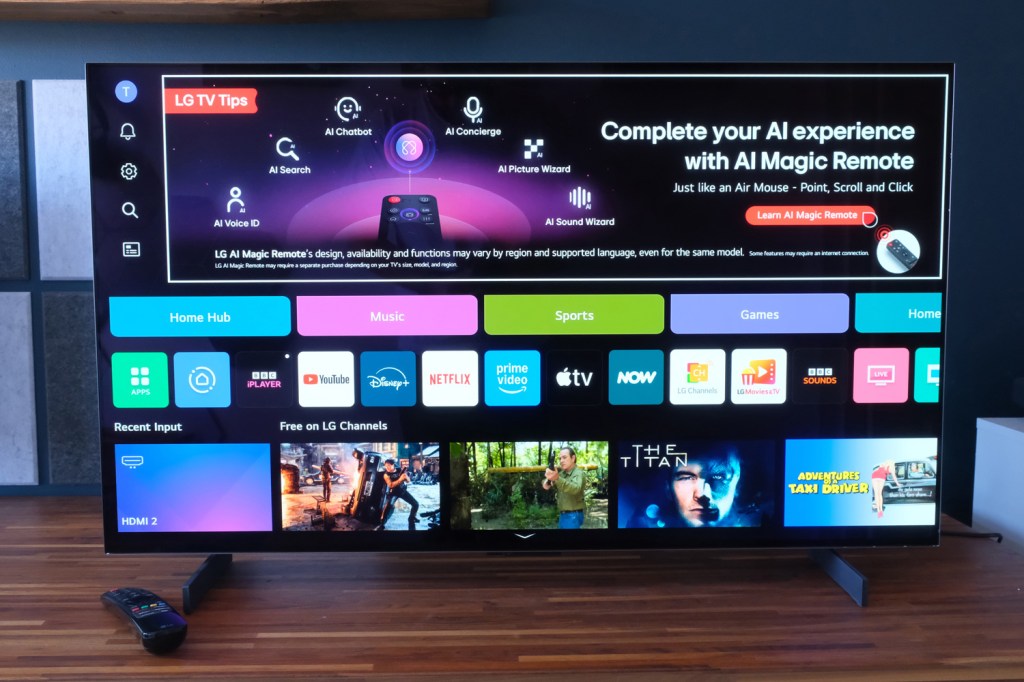
The C-series has long been the OLED I’d recommend; while not as whizz-bang as the pricier G5, it has almost all the same features and picture quality isn’t a huge distance behind, meaning it still puts most rivals to shame. That’s still the case for the LG C5. This is a fantastic performer within its price bracket, with the connectivity to keep gamers happy and a bump in HDR brightness that nudges it comfortably ahead of the outgoing C4.
WebOS is admittedly more cluttered than it used to be, with AI additions that aren’t all winners. The built-in audio of the 42in entry model is also pretty basic. But that’s also true of the (still very limited) small screen OLED competition, which can’t match it for nuanced colours, shadow detail and motion processing.
Launch pricing is admittedly pretty spicy, which made the discounted C4 look especially appealing at the time of writing, but that has long been the case with TVs. If you want the best all-rounder OLED for your cash today, the C5 is where to head – though if you can wait a while longer for that RRP to take a hit or two, it’ll be even more of a winner.
Stuff Says…
Another excellent all-rounder OLED with engaging HDR images, extensive streaming smarts and gamer-friendly connectivity.
Pros
Fantastic picture quality across the board
WebOS as comprehensive as ever
Superb gaming support
Cons
Only average audio
Some territories miss out on the new remote
LG C5 OLED technical specifications
| Screen size | 42in (version tested) 48in, 55in, 65in, 77in, 83in |
| Resolution | 3840×2160 |
| HDR formats | HDR10, HLG, Dolby Vision |
| Connectivity | 4x HDMI 2.1, 2x USB, Digital Optical audio, 3.5mm, Ethernet, W-Fi |
| Smart TV | WebOS |
| Dimensions | 932x540x41.1mm, 9.8kg (panel only) 932x577x170mm, 10.1kg (with stand) |


